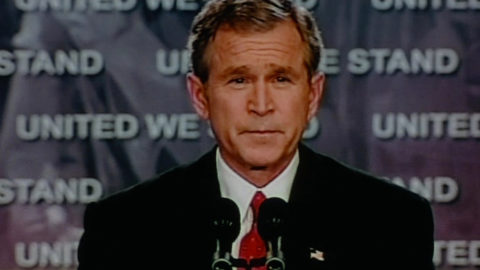Make It Real: The Director Stays in the Picture
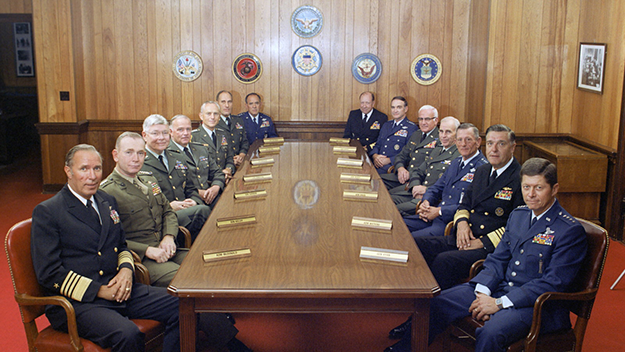
Where to Invade Next
Michael Moore wastes no time laying out the conceit of his new film, Where To Invade Next. Nor does he waste time making himself central to its proceedings. In the opening sequence, he presents a litany of failed American wars and military interventions, and imagines U.S. leaders coming to him for help. “Michael,” Moore says, as them, to himself, “we don’t know what the fuck we’re doing.” Say whatever you will about Moore’s film—and plenty will and should be said—but when it comes to playing the hero of his own picture, he knows quite well what he’s doing.
There’s nothing new about a director casting him or herself as a subject in a documentary film. Moore may still be the best known of the bunch, but he was preceded by the likes of Ross McElwee, Peter Whitehead, Jean Rouch and Edgar Morin, not to mention the long tradition of filmmakers providing editorializing voiceover or doubling as on-camera “stand-up” correspondents. Yet Moore’s Roger & Me (89) was a significant benchmark in the evolution of this aspect of the form. What was then a somewhat controversial, outlier approach (Pauline Kael called Moore’s persona “just too glib” while FILM COMMENT’s Harlan Jacobson critiqued Moore’s subjective compression of time) became relatively common in the 1990s (enough that Oliver Stone could satirize Nick Broomfield in Natural Born Killers and assume we’d get the joke). And while it can still be a divisive choice, it’s divisive with regard to its effects, not to some phantom, unwritten rule about the necessarily recessive task of the documentary filmmaker. Whether or not you appreciate Moore’s onscreen persona hasn’t any bearing on the fact that the tactic itself is a legitimate one. Rather, and as I found especially evident throughout this year’s typically sprawling Toronto film festival, what’s now notable is how varied and sophisticated are the ways in which a director can enter his or her own picture. To peg these films as personal/autobiographical/megalomaniacal does little to express what’s actually, formally at play, and what’s achieved by breaking the filmic fourth wall. After all, it’s a wall already of paper-thin construction, effectively breached whenever the camera moves or a cut is made.
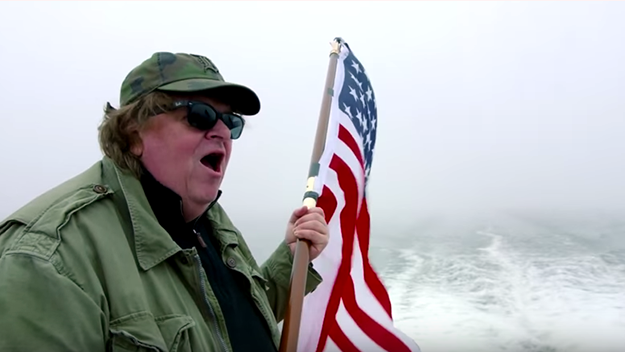
Where to Invade Next
At this point, tolerance for Moore’s onscreen shtick is a matter of taste. What’s of enduring interest, particularly with this new film, is how unapologetically shticky his shtick is. Outfitted in requisite ball cap covering an ever-defiant nest of unkempt hair, his thick-framed glasses, untucked shirt and blue jeans, his costume has become as consistent, and nearly as enduring, as Chaplin’s Tramp. The conceit of Where to Invade Next is baldly comedic. Moore appoints himself as an emissary of the United States, effectively representing the whole country in an endeavor to steal ideas from foreign countries. He cracks wise with fashion designers in Italy. He becomes a common-sense skeptic among teachers in Finland and with jailers in Norway. He cheekily plants an American flag behind the desk of an Icelandic lawyer. The onetime working man Moore is playing a filmmaker playing a working man playing America, and everyone on screen and in the audience knows it’s an act, a broadly comedic bit.
There are many enervating, unsubtle and imprecise things about the film, but there’s sophistication and even, after nearly three decades of variations on his themes, something poignant to how Moore utilizes himself in it. With his conspicuous costuming and evidently uneasy gait, he’s as much of a sight gag as anyone else we encounter. Rather than employing himself to visually expose American fallacies, in a sense he’s letting his own persona stand in for them here. Even as he rails against his country’s policies, and exalts the preferred policies of those he encounters in his overseas travels, he’s still the only American in the room. Every interview is a setup, every scene is “a scene,” and his every appearance contradictorily signifies both Liberal Crusader and Ugly American. We’re invited to see these layers of artifice, and encouraged to feel and think more deeply because, not in spite, of them. It may be the only complex aspect of a film that’s otherwise propagandistically simplistic, but it’s still a pervasive and crucial aspect.
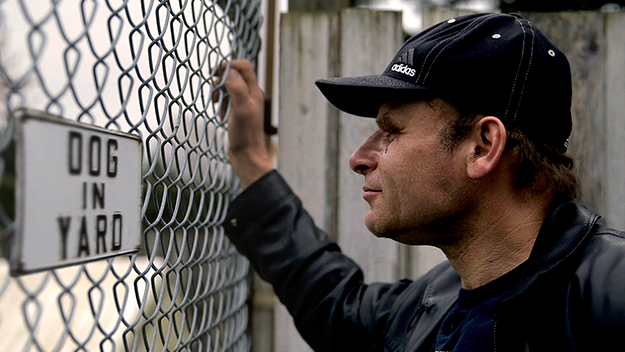
Hurt
I don’t recall seeing director Alan Zweig in Hurt, which took home a grand jury prize for the festival’s inaugural Platform section, but he’s often audible and always present in the room. No stranger to first-person cinema (Vinyl, 00, and I, Curmudgeon, 04, among others), here Zweig places intense focus on onetime Canadian folk hero Steve Fonyo, who’s been on a 30-year spiral after a nationally celebrated, cancer-defying, prosthetic-legged run across the continent. Through seasonal visits over the course of a year—during which Fonyo is charged with assaulting his ex-wife, resumes abusing drugs, flounders at various hustles and goes broke—Zweig’s camera is both empathetic and demanding, fixing on Fonyo’s disarray yet also often intervening with challenging questions, suggestions, and towards the end, professional help.
The film doesn’t have to be about Zweig in order for him to participate in it—nor does the inclusion of his own voice necessarily make the film about him. In a sense he’s a conduit for an exasperated audience, pressing Fonyo to reckon with his delusions and self-destructiveness, but he’s also an honest, present, intimate witness: an unseen but deeply vital character. His presence actually comes across less as a formal strategy—though that’s still functionally what it is—than as an organic expression of the artist engaging with what he sees and who he knows, an engagement defined by the artist’s own gruff, down to earth personality. Another filmmaker might make pains to remove evidence of him or herself from the finished movie, but that can be more artificial, and certainly less honest, than acknowledging the artificiality of his or her invading presence. A great achievement of Zweig’s humane and haunting film is how inherent to and inseparable from the proceedings his voice seems. He ultimately speaks not on our behalf, but out of his own relationship with his maddeningly endearing subject. The result offers a level of genuine, all-cards-on-the-table intimacy often sought but rarely achieved in cinema.
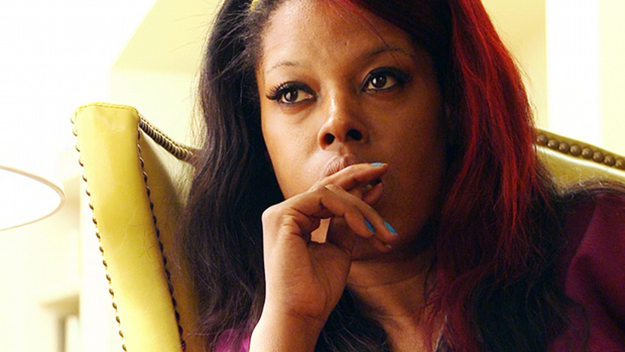
Thru You Princess
Throughout, Fonyo habitually resists Zweig’s persistence, only to quickly relent and appear terribly, but powerfully, naked. “Knock yourself out,” Fonyo tells the director when, at an especially dark chapter in his life and aware of the bitter irony of Zweig’s scheme, he refuses to film a sequence set on a beach named after himself. “Shove it up your ass while you’re at it too.” Zweig holds the shot on the van after Fonyo gets back inside, a boom mike suspended dumbly overhead. Fonyo is rattled, we’re chastened, and all of the unease, ambivalence, and tragedy about and around the film is there to be seen. No one ever goes to the beach. No one needs to.
Filmmakers were a prominent presence in other TIFF films, from Patricio Guzman’s probing, poetic voiceover incantations in The Pearl Button to the dismayingly defensive and simplistically heroicizing voiceover of Daniel and Emmanuel Leconte’s Je Suis Charlie. In Thru You Princess, an undeniably moving but stubbornly troubling contraption about an obscure YouTube singer’s discovery by an Israeli musician, director Ido Haar is directly invoked just once, but crucially. When asked by a colleague why she’s being recorded, subject Princess Shaw says it’s because Haar is interested in people who put videos up on YouTube. She doesn’t know that Haar is also following the artist Kutiman as he prepares to launch Shaw into greater notoriety, but we do. It fosters a feeling of unease about Haar’s secrecy even as we’re rooting for Shaw to find success. The parallel construction engenders both anticipation and discomfort. Yet Haar is never invoked again, even after it would have become clear to Shaw that the man following her knew more about what was about to happen to her than he’d let on. Perhaps she was OK with the duplicity—it was a beneficial surprise, after all—but Haar never follows up on the fascinatingly problematic idea that he’d broached earlier. It’s Shaw’s story, and she merits every second of screen time, but here’s a case in which the filmmaker’s disappearance from the film actually disserves his subject.
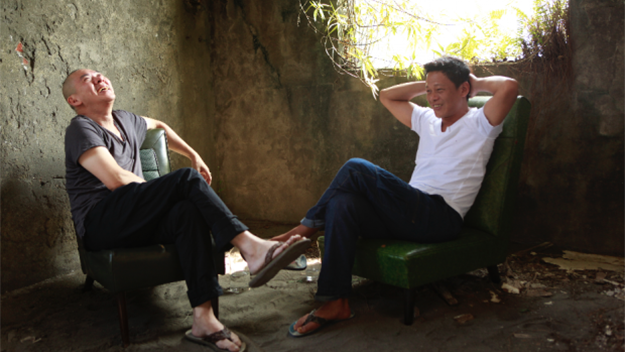
Afternoon
That’s not a problem in Afternoon, in which director Tsai Ming-liang appears side by side with longtime lead actor and muse Lee Kang-sheng for 137 languorous, enrapturing minutes. There are only four shots in the film, and the frame never changes: two men sit in two chairs in the corner of a beautifully decrepit back patio, with two windows open to the lush, green, mountainous elements on either side. Confronted by Lee’s almost comically cool reticence, Tsai fills the space with thoughts, fears, dreams, confessions of love, affection, and insecurity, questions to Lee that he almost always winds up answering himself, tears and laughter. Yet we’re just as fixed on Lee, whose few words inevitably loom large, and whose every minor gesture communicates volumes about how they work and live together. (Though Tsai is gay and Lee is not, they reveal that they live together in the same run-down Taiwanese mountain home featured in the movie.) Tsai serves as his own subject here, offering up a disarming intimacy through his own free-flowing, seemingly unrehearsed thoughts, and revealing to his audience numerous personal details about his life, work, sexuality, and emotional state. Yet he does so not out of exhibitionism or self-aggrandizement, but to wrestle with ideas.
On this handsomely arranged set, within this exactingly composed frame, the director and his actor/best friend spend an afternoon sitting in front of a camera until they reveal things about themselves and each other. Like a lot of great art, it’s both deeply personal and entirely metaphorical. They talk about nothing and everything. There are monologues, there are entertaining volleys, and there are stone-cold awkward silences. They liken their relationship to that of a father and son, to a partnership, to being closer than lovers, to a tumor. They talk about, and they embody—with the surfeit of silence, the gently stirred branches through the windows, and their lack of contact despite their incredible ease with each other—loneliness. “I feel that there’s no need to finish anything,” Tsai says about his films, but also about this one he’s starring in, and also about everything all of his films express and represent, thus also about absolutely everything. “Time is running out anyway.” The light gets darker, making the shot richer, and suddenly the long haul of the film seems outrageously truncated. “It’s enough, it’s enough,” the director as subject says, the proverbial act of calling “cut” transformed into an existential statement. “Life is enough. It’s a breath.”





